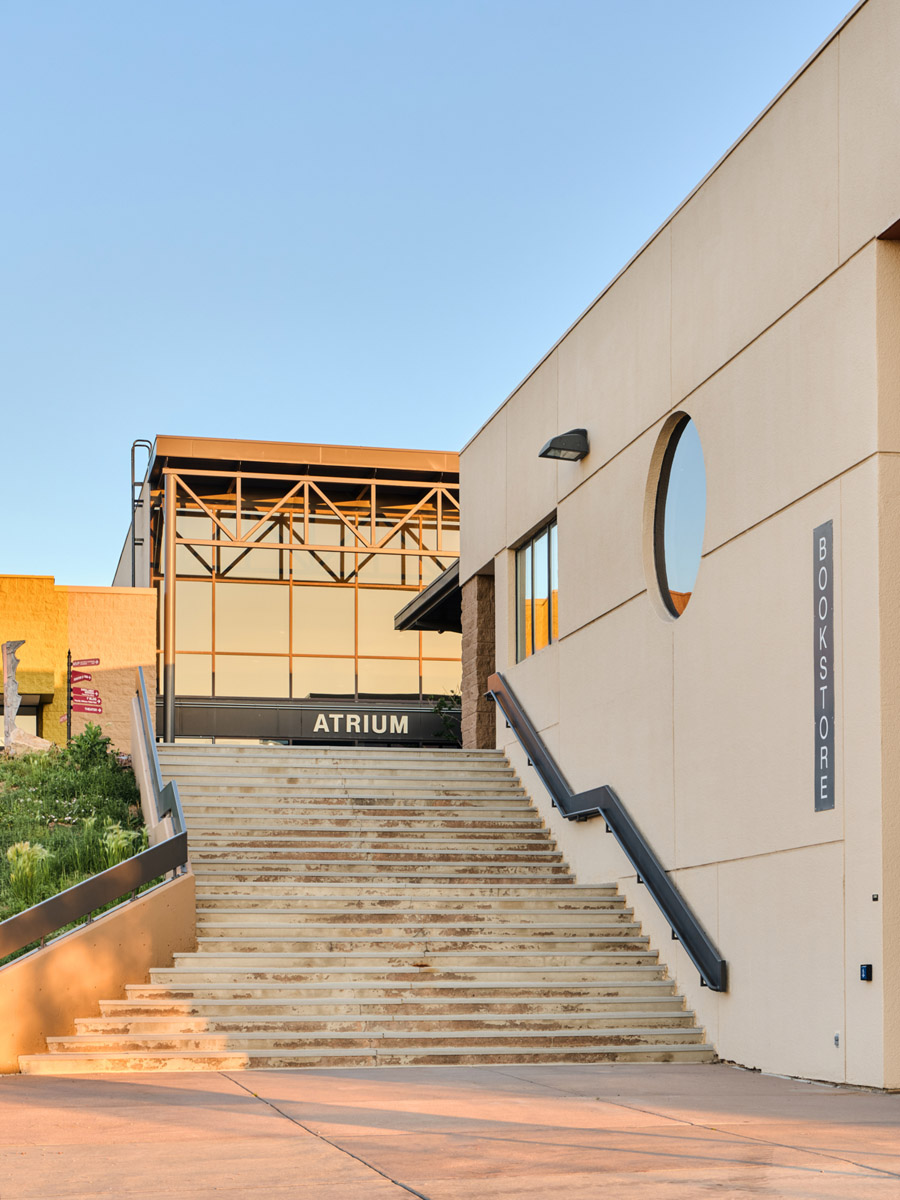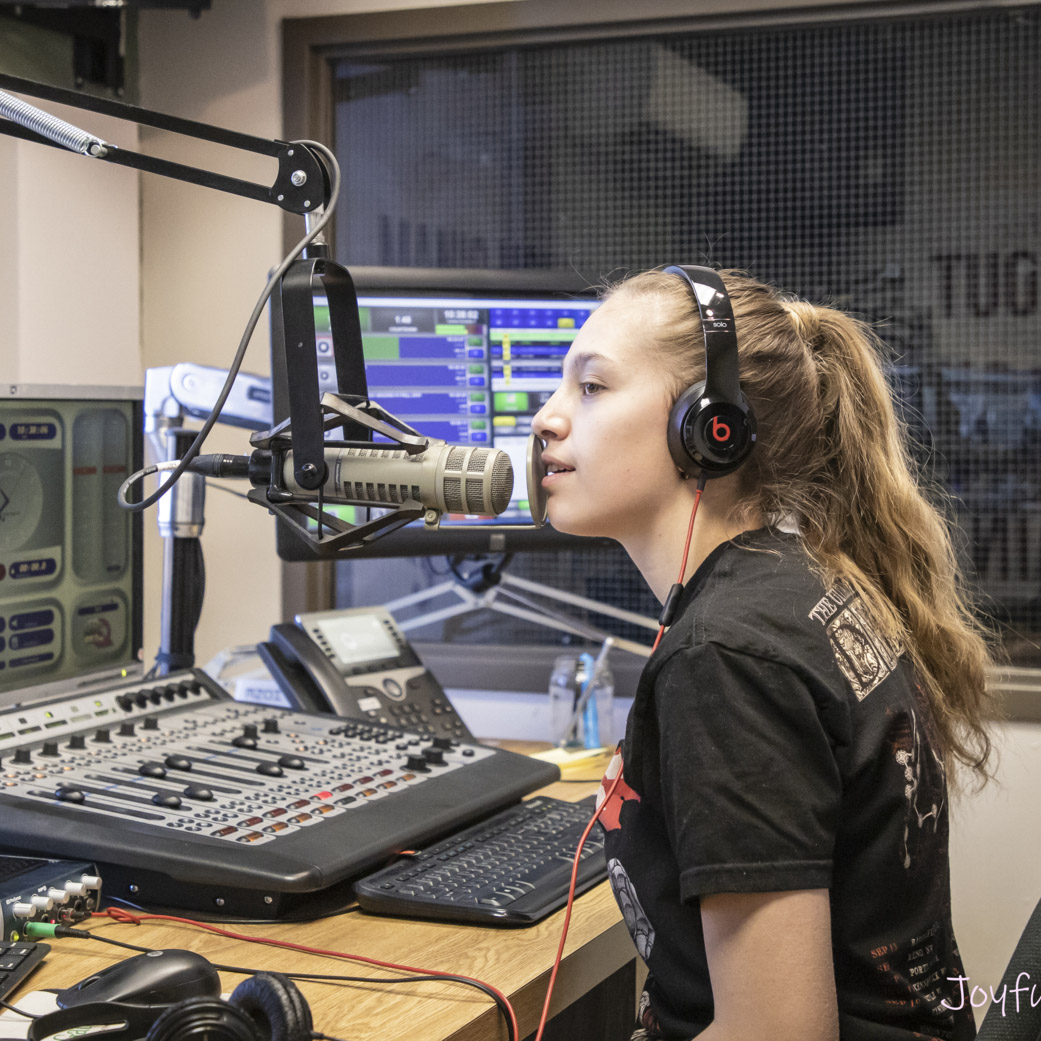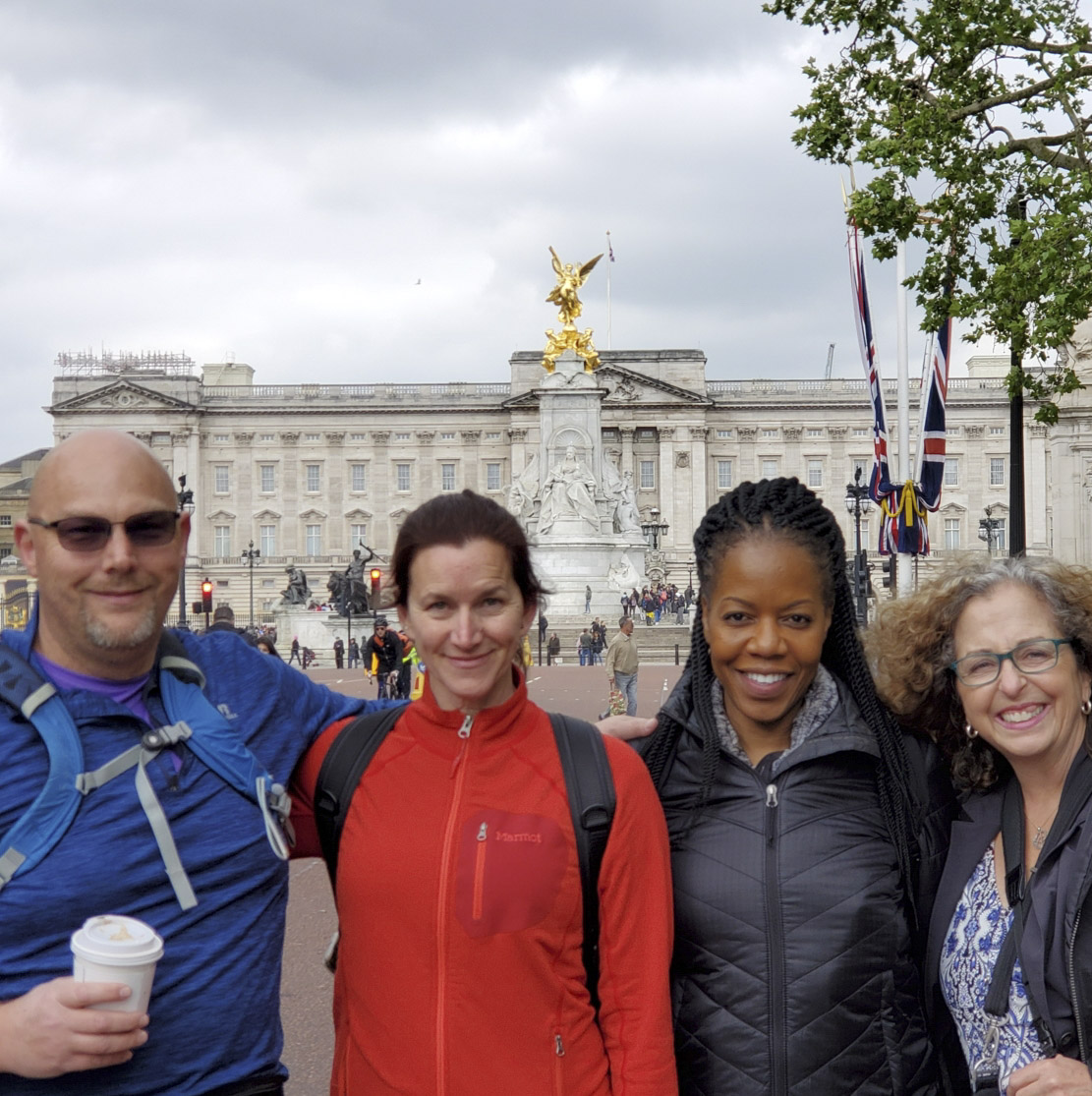President Robert O. Hatton and three other staffers began the foundational work. As
Hatton's executive assistant, Carol Van Lew recalls, “I was considering another offer
to work for the president of a bank. But I was really excited about being involved
in the development of a new college! Working with the first four was really exciting
— to be in on the beginning of such a big endeavor!”
To call the college's beginnings humble would be an understatement. The original nickname
was “Safeway U”—because one of its buildings was a former Safeway store at Robinson
Street and 25th. That campus grew quickly to eight buildings. EPCC also “repurposed”
other buildings around town for various functions. The dedication of the Administrative
offices, at 5 W. Las Vegas St., took place Nov. 20, 1968.
Hundreds of people began their careers working for or as students of EPCC. Future
Colorado Springs leaders Bill Hybl (chair and Chief Executive Officer of El Pomar
Foundation), John Anderson (former El Paso County sheriff) and John Suthers (current
Colorado Springs mayor) were among the early instructors.
In the mid-70s, EPCC began to move away from a scattering of buildings toward one
large central campus.
EPCC negotiated for Ft. Carson surplus land (that the college had been leasing), and
Congress approved. The Department of Defense sold the land to EPCC for $1 to support
access for military students and their families.
College officials enlisted noted architect Clifford Nakata, a Japanese American who
had suffered with his family in an internment camp during World War II, to design
the campus in the popular brutalist architectural style. Nakata also designed the
Pikes Peak Center, the downtown YMCA and the Pro Rodeo Hall of Fame.
One young man who worked on building that campus was Jim Johnson. He was 14 and working
for his father, Gilbert Johnson, founder of GE Johnson Construction Company. Later
president and CEO of his father's company, Jim and his foundation would be among the
largest donors to the college's foundation, funding scholarships and the start of
the college's construction program.
The new campus, dedicated on Aug. 18, 1976, received the name Centennial because of
the U.S. Bicentennial and Colorado’s Centennial year. A couple of years later, the
college got a new name, one that reflected the heights of its ambitions.
Pikes Peak State College was born on March 21, 1978. As had the city before it, but
also not without controversy, the college dropped the possessive apostrophe in Pike’s.
The college's renewed ambition showed in its push to serve overseas students. With
an Air Force contract, the college started an International Campus in Wiesbaden, Germany.
It began with four courses, soon expanded to 26, and had plans to expand to 90 courses
in seven European countries. Overseas enrollment waned, however, and PPSC scrapped
the International Campus. PPSC would have other international programs later, such
as today’s Study Abroad.
Closer to home, expansion continued. In 1986, PPSC opened the Downtown Studio Campus
at 19 N. Tejon (now a People's Bank.) Its location in the heart of the city inspired
a natural affinity for the arts and humanities. It moved in 1993 to the former St.
Mary’s High School, first leased and then acquired in 1993.
At the time the college was growing its downtown presence, the northern part of the
county was sprouting suburbs filled with potential PPSC students. In 1986, PPSC began
to use Rampart High School evenings and weekends as a north campus. In 1998, the
college built the Rampart Range Campus, due east of the US Air Force Academy.
Through the following decades, with three major campuses, learning centers in District
49, Fort Carson and Peterson Air Force Base and more, PPSC continued to grow.



